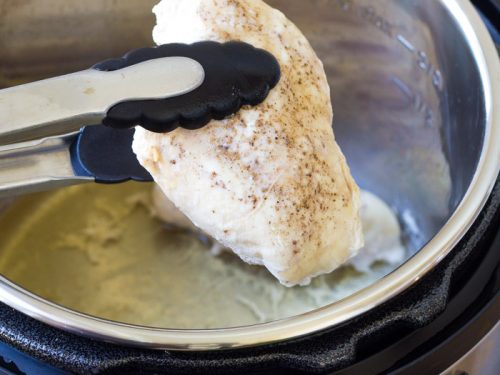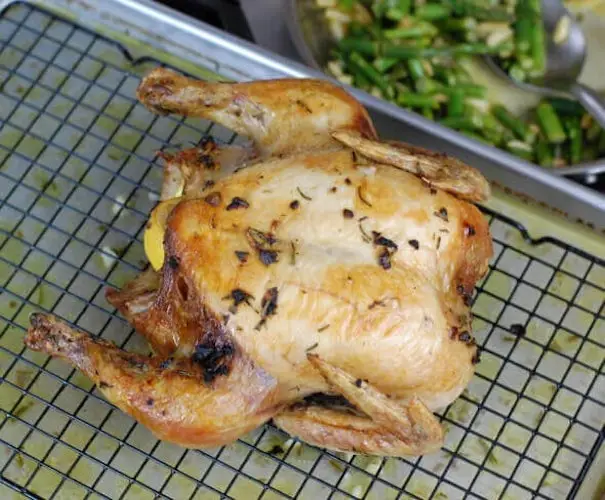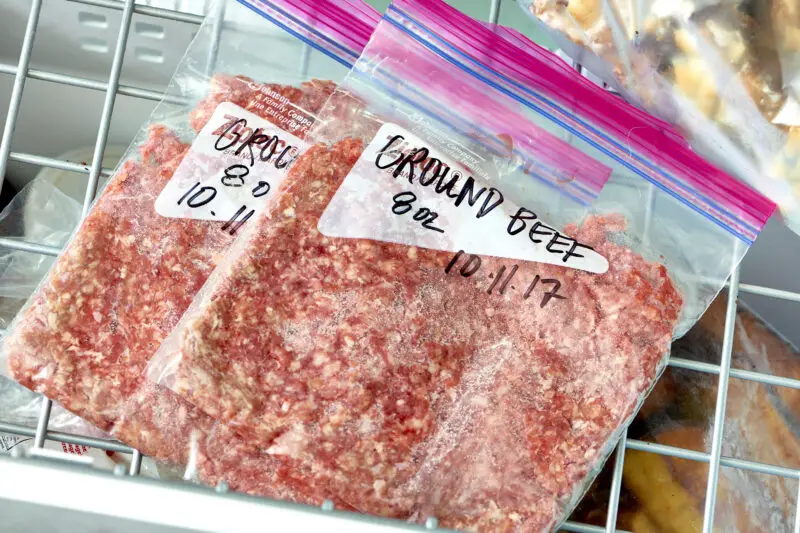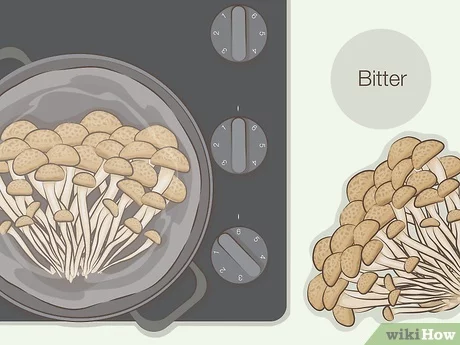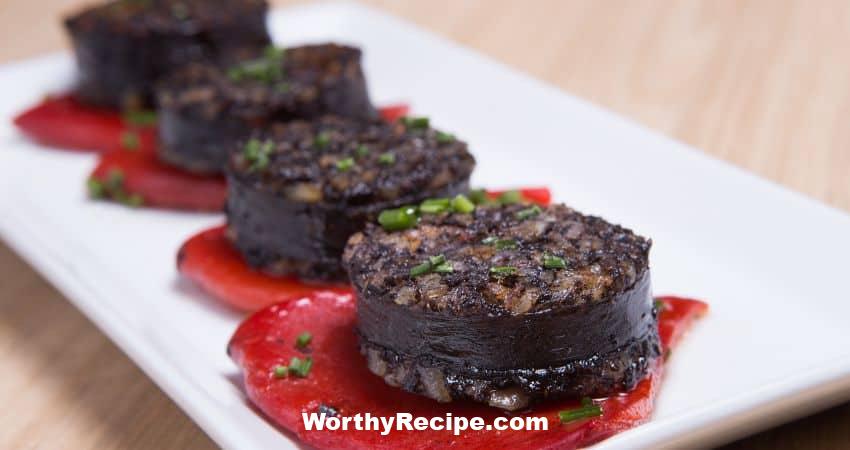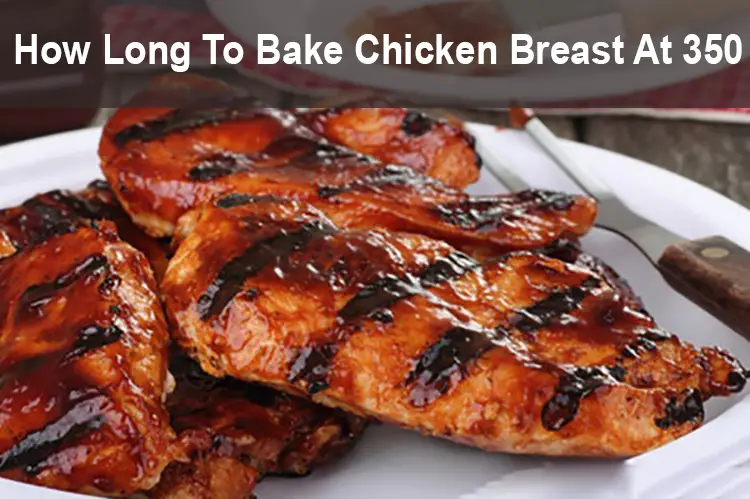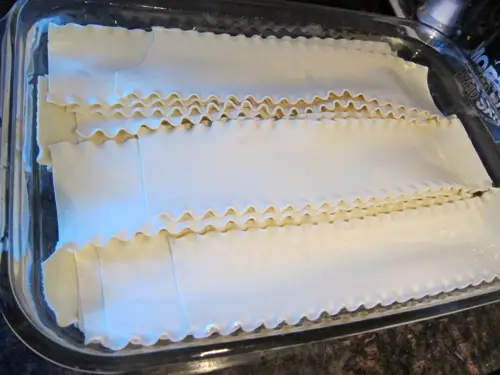If you’re watching your weight or trying to eat a certain amount of protein, measuring your food is vital for achieving your goals. It’s easy to lose track of how much you’re eating, especially with foods like chicken that come in varying shapes and sizes. But measuring chicken can be tricky too, as there’s confusion around whether you should measure it before or after cooking. In this definitive guide to weighing chicken, we’ll explore this dilemma and provide an answer to help you achieve accurate calorie tracking.
##Why Accurate Measurements Matter
Before diving into the specifics of how to weigh chicken, it’s crucial to understand why measurement accuracy is essential. Accurately measuring food portions is essential for any diet plan aimed at weight loss. It ensures that you’re taking in the amount of nutrients and calories you need without exceeding your daily recommended allowance.
## Understanding Food Moisture Content
One way moisture content affects cooking chicken lies in its weight. Moisture content decreases as chicken cooks due to evaporation and shrinking. This moisture loss means that cooked chicken weighs less than raw chicken. The amount of lost moisture decides how significant of a difference between the two weights arises. Moisture loss can also affect the texture, taste, and nutritional content of the meat. Accounting for these changes can mean the difference between hitting your goals or falling short.
## Weighing Chicken Before Cooking
Weighing chicken before cooking makes sense if you’re meal prepping or portioning out future servings since raw chicken is easier to divide into serving sizes consistently accurately. However, it doesn’t account for any water evaporation during cooking.
Another factor to consider is contamination risk with bacteria such as salmonella on raw meat’s surface when handling and weighing, compared to handling pre-cooked ones. While this risk can be reduced through proper hand-hygiene before and after handling raw meat, some people prefer not to take any risks and weigh cooked portions instead.
## Weighing Chicken After Cooking
On the other hand, measuring chicken after cooking allows for an accurate weight of the finished product and the ability to account for any moisture loss. Cooked chicken has already released most of its moisture, so you can rely on the cooked weight more precisely. This measurement method provides measure consistency accross different recipes, as there are fewer variables that can affect moisture loss.
However, with cooked chicken comes an additional concern – even cooking. For example, if you bake several pieces of chicken at once in the oven, some parts may come out dry or overcooked when compared to others. This unevenness in cooking can affect how much each serving weighs and may create inconsistencies between servings.
## Choosing Which Method to Use
Both weighing methods have disadvantages and advantages. To determine which one should be used, consider aspects like the type of recipe you’re using or your preference. Overall, measuring after cooking gives more accurate results due to compensating for evaporation. However, if portioning out servings before baking or cooking multiple pieces at one time, weighing chicken before cooking might work better.
Whatever weighing method you choose, ensure it remains consistent throughout your meal prep journey keep track of your progress more accurately.
## Other Factors That Affect Weight Measurement
It’s not just the raw vs. cooked debate that can affect chicken’s weight – other factors during cooking like adding marinades or spices into the mix can affect final results too. One option is to measure ingredients separately when making complex recipes and total their weights afterwards.
When purchasing store-bought chicken, keep in mind that some nutritional information labels show weights based on either frozen or cooked meat. The nutrition label will usually specify if it is pre-cooked before being weighed or if you will weigh it frozen.
## How to Weigh Chicken Properly
To weigh chicken properly despite these potential discrepancies outlined above:
1. Get a food scale: Invest in a kitchen scale capable of measuring grams, ounces, or pounds.
2. Tare the container: Place your empty plate or container on the scale, then press “tare” to reset the weight back to zero.
3. Weigh in grams if possible: If {possible}, weigh your chicken in gram measurements for more accurate readings.
4. Be aware of serving sizes: Consult nutritional labels and serving sizes to ensure portion accuracy.
## Conclusion
In summary, weighing chicken accurately provides a valuable tool for calorie tracking and meal prep goals. While weighing frozen raw chicken is an option, weighing cooked chicken can provide more accurate results as it accounts for moisture loss during cooking and ultimately leads to better calorie tracking consistency between servings.
Ultimately the choice comes down to personal preference and practicality. Regardless of which method you choose, be aware of considerations like contamination risks associated with uncooked meat handling or unevenness during cooking, which might skew your results. By consistently monitoring your portions’ weight, the accuracy of your meal prep goals will skyrocket.
Frequently Asked Questions
1. Do you weigh frozen or cooked chicken for accurate measurements?
When measuring chicken, weight and cooking preparations matter. To obtain accurate measurements, weigh chicken while it’s raw and frozen before cooking it.
2. Can weighing cooked chicken be misleading?
Weighing cooked chicken may provide inaccurate measurement readings due to moisture loss during the cooking process. Raw and frozen chicken is best measured for precise calculations.
3. How does weighing frozen chicken impact cooking times?
Weighing frozen chicken will influence the length of time required to cook it adequately. It is critical to determine the appropriate cooking time based on the weight of raw and frozen chicken for recipe precision.
4. Why is it essential to measure chicken before cooking?
The right proportions of meat and other ingredients help achieve well-balanced meals. Measuring raw, frozen chicken before cooking it helps with accurate calculation in recipe development and ensures perfect portion control for healthy eating habits.
